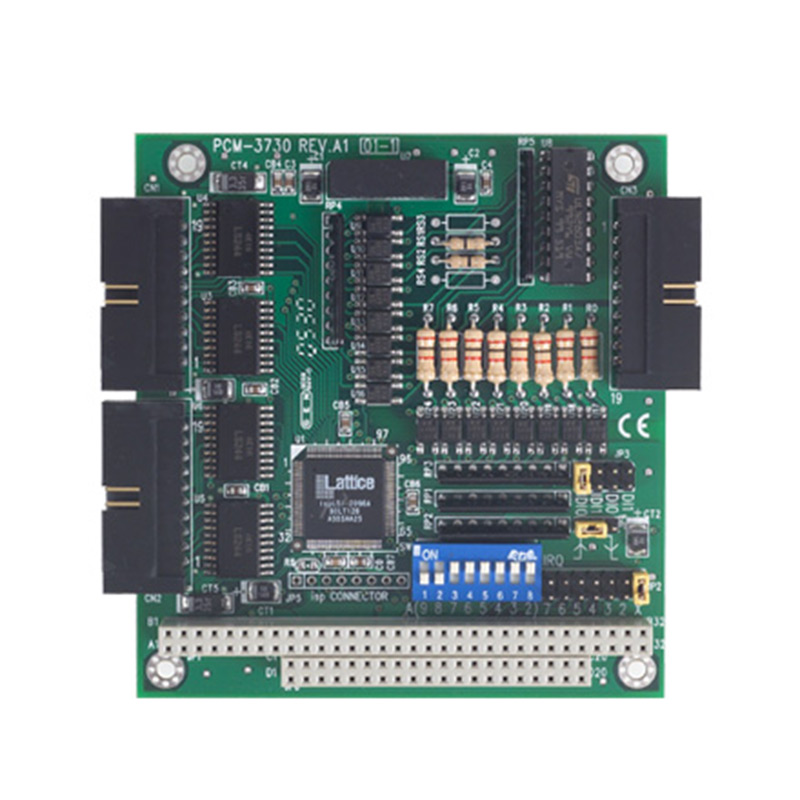

The Benefits of Low-E 366 Glass with Argon Gas
In the realm of modern architecture and energy-efficient building design, the selection of appropriate materials plays a vital role in optimizing thermal performance. One innovative product that has garnered significant attention is low-emissivity (Low-E) 366 glass filled with argon gas. This combination not only enhances aesthetic appeal but also contributes to energy savings and environmental sustainability. In this article, we will delve into what Low-E 366 glass is, how it works, and its benefits.
Understanding Low-E Glass
Low-E glass is a type of insulating glass that has a special coating applied to one or more of its surfaces. This coating is designed to reflect heat while allowing natural daylight to penetrate, creating a comfortable indoor environment. The 366 in Low-E 366 glass refers to its performance characteristics—specifically, its high level of solar control. The numbers indicate that it effectively reflects a significant amount of the sun’s infrared and ultraviolet rays, which ultimately helps to regulate indoor temperatures.
The Role of Argon Gas
In addition to the Low-E coating, Low-E 366 glass is often filled with argon gas. Argon is an inert gas that acts as an additional insulating layer between the panes of glass. Since argon is denser than air, it minimizes heat transfer, enhancing the window's overall thermal performance. This combination of Low-E coating and argon gas filling results in windows that significantly reduce energy loss and improve the energy efficiency of homes and commercial buildings.
Benefits of Low-E 366 Glass with Argon

1. Enhanced Energy Efficiency One of the primary advantages of Low-E 366 glass is its ability to reduce heating and cooling costs. By minimizing heat transfer, it keeps buildings warmer during the winter months and cooler in the summer, resulting in lower energy consumption and reduced reliance on HVAC systems. This, in turn, leads to significant cost savings on utility bills.
2. UV Protection The Low-E coating not only helps to control heat but also blocks harmful ultraviolet rays. This characteristic protects interior furnishings, such as carpets, curtains, and furniture, from fading and degradation due to sun exposure. A building that incorporates Low-E 366 glass not only benefits from energy savings but also retains the integrity of its interior spaces.
3. Improved Comfort Low-E 366 glass helps create a comfortable living environment by reducing cold drafts and minimizing temperature fluctuations near windows. Homeowners and occupants can enjoy a more stable indoor climate, enhancing overall comfort.
4. Noise Reduction In addition to thermal performance, the use of argon gas and the insulating properties of double or triple glazing can help minimize outside noise. This feature is especially beneficial for buildings located in urban areas or near busy roadways, contributing to a more peaceful indoor experience.
5. Environmental Impact By promoting energy efficiency, Low-E 366 glass with argon gas contributes to a reduction in greenhouse gas emissions. Lower energy consumption means less reliance on fossil fuels, making these window systems a sustainable choice for environmentally-conscious builders and homeowners.
Conclusion
Low-E 366 glass filled with argon gas stands out as a leading option in the pursuit of energy-efficient and aesthetically pleasing architecture. With its ability to reflect solar heat, block harmful UV rays, enhance comfort, and promote sustainability, it proves to be a valuable investment for residential and commercial properties alike. As the demand for energy-efficient solutions continues to grow, the adoption of Low-E 366 glass is likely to play a pivotal role in shaping the future of building design and energy conservation. Whether for new constructions or renovations, this innovative glazing option offers a smart approach to modern architecture that meets today’s energy challenges.